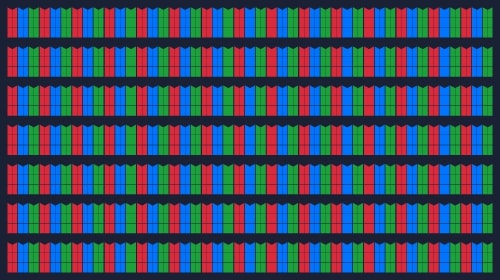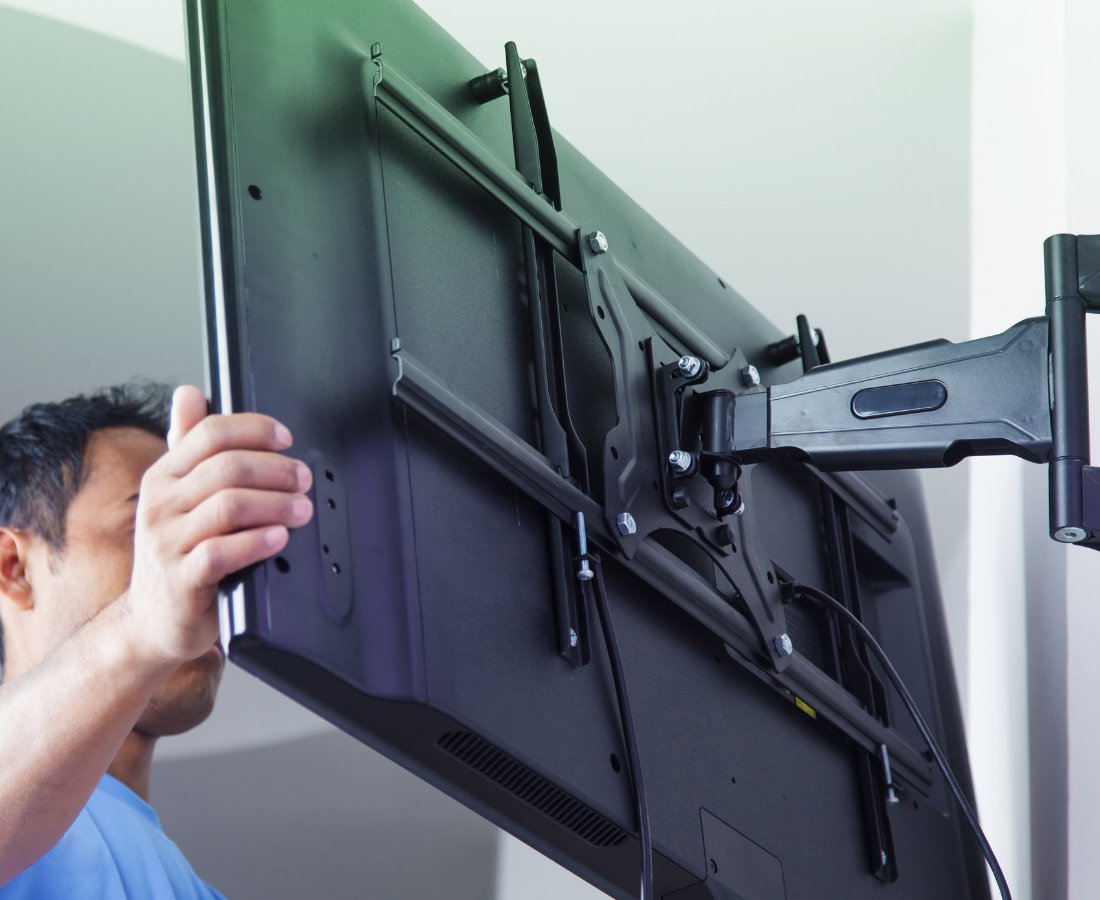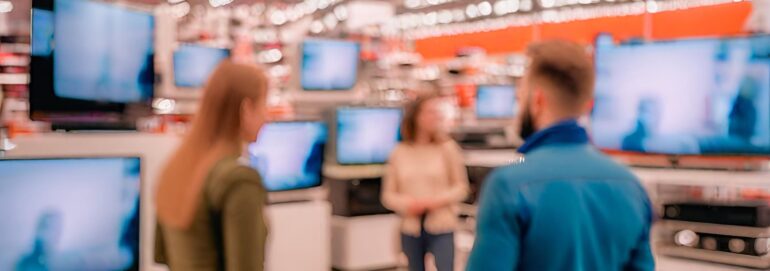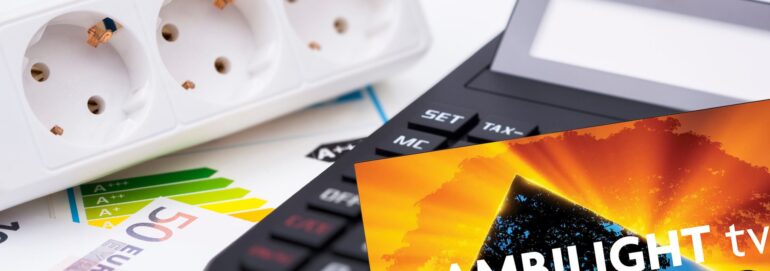What role does the viewing angle to the TV play?
In conjunction with the technical properties of televisions, various factors influence the quality of the display. An important purchase criterion can be related to the viewing angle of the TV. In this section, we will show you which technologies are at the forefront here, what the advantages and disadvantages are that result from this and what you can do to avoid this point to a certain extent.
When it comes to the picture performance of a TV, a trained top view from the side should not be missing. Why? Televisions today work with different technical approaches that achieve more or less good results in certain categories. One of these is the viewing angle properties. Other terms are viewing angle, viewing angle stability, viewing angle dependency or viewing angle stability.
This test criterion describes how much the display quality of a TV changes when you are not looking straight at the screen from the front, but rather towards the outer edge or beyond. Various factors are used to assess this, which can be negatively influenced by increasing angles.
When is a TV “viewing angle stable”?
TV sets have good viewing angle stability if the following parameters only change as little as possible despite an increasingly acute angle. In the best case, the values remain constant across the entire scale.





This point becomes particularly relevant if you set up the set in a large room with a wide seating area. Viewing angles that are too oblique can then become a real problem, as it may not be possible to provide all viewers with the same quality from the TV.
Today, there are several technologies in the TV industry that have established themselves as standards over the past few years. The technical solutions have different effects with regard to the viewing angle and can lead from rather modest results to an almost perfect result.
How viewing angle stable is my TV?
VA technology

The so-called Vertical Alignment or VA panels work with horizontally aligned pixels and are therefore not always the best choice in terms of viewing angle. Compared to other standards, the picture quality decreases comparatively sharply at larger angles and therefore suffers more from the influencing factors described above.
To compensate for this disadvantage to some extent, manufacturers equip more expensive models with additional layers that ensure more even light scattering and improved light concentration. The result is a better quality image when viewed at an angle at the expense of a higher purchase price.
IPS / ADS technology

IPS and the modified ADS variant score points from the outset with a low dependency on the viewing angle and are therefore much less subject to the above points. This is made possible by the so-called “in-plane switching” method. Here, the pixels are initially aligned horizontally, but rotate parallel to the image plane.
No further optimization is necessary. These TV sets are therefore ideal for watching television in large groups without having to reckon with any loss of quality. However, black tones cannot be reproduced particularly deeply due to the rather weak contrast.
OLED technology

OLED models offer the best quality. Normally, virtually no fluctuations in brightness, color shifts or black levels are to be expected, even at extremely wide angles. In practice, the performance is so good that the weak point is actually almost exclusively due to optical distortion.
Televisions that also have so-called micro lenses, or MLA for short, provide an even slightly better picture impression, as the light scattering can be further reduced by using this technology. In terms of price, you are more likely to find such devices in the higher and upper classes.
Whether and to what extent a loss of quality occurs therefore depends on the panel type, its specifications and other modifications made to the TV by the manufacturer. Incidentally, larger screen diagonals do not give you a decisive advantage in this area – apart from more immersion and a better overview. However, a little caution is also required here. The combination with too small a seating distance can have the opposite effect if the TV has a rather high viewing angle dependency.
Can I still do something to improve the picture quality of the TV?

As the viewing characteristics are directly linked to the technical specifications of the TV, there is no software adjustment option that would bring about a real improvement.
Ideally, however, you should position the TV in the room so that the viewing angle is no more than 30 degrees from the center of your seating area. Depending on the local conditions, however, free placement may not always be possible or may involve additional hurdles.
However, if you don’t want to replace your TV with a more powerful model straight away, you can still consider mounting it on a wall bracket with a swivel arm. This gives you the freedom to turn the screen exactly where you need it. Depending on the setup, you can also bring the device a little closer to you.
Do you have any further thoughts on the subject at this moment or do you think we have skipped something important? Feel free to write your constructive feedback in the comments section.







